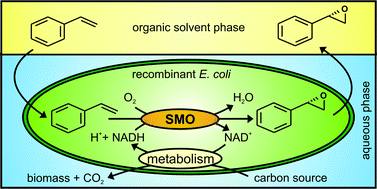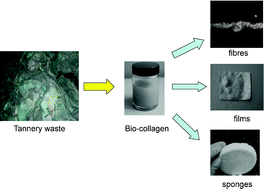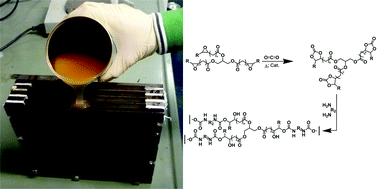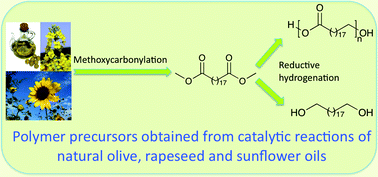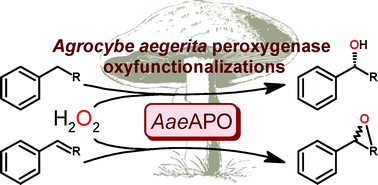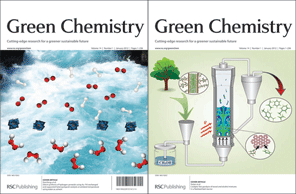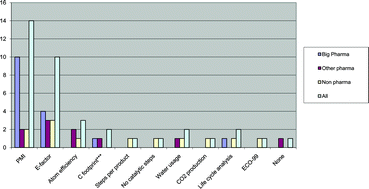This month sees the following articles in Green Chemistry that are in the top ten most accessed:-
Conversion of carbohydrates and lignocellulosic biomass into 5-hydroxymethylfurfural using AlCl3·6H2O catalyst in a biphasic solvent system
Yu Yang, Chang-wei Hu and Mahdi M. Abu-Omar
Green Chem., 2012, Advance Article, DOI: 10.1039/C1GC15972K
l-Proline catalysed multicomponent synthesis of 3-amino alkylated indoles via a Mannich-type reaction under solvent-free conditions
Atul Kumar, Maneesh Kumar Gupta and Mukesh Kumar
Green Chem., 2012, Advance Article, DOI: 10.1039/C1GC16297G
Recent advances in ionic liquid catalysis
Qinghua Zhang, Shiguo Zhang and Youquan Deng
Green Chem., 2011, Advance Article, DOI: 10.1039/C1GC15334J
Rh(i) complexes supported on a biopolymer as recyclable and selective hydroformylation catalysts
Banothile C. E. Makhubela, Anwar Jardine and Gregory S. Smith
Green Chem., 2012, Advance Article, DOI: 10.1039/C1GC15979H
Ionic liquids from renewable biomaterials: synthesis, characterization and application in the pretreatment of biomass
Qiu-Ping Liu, Xue-Dan Hou, Ning Li and Min-Hua Zong
Green Chem., 2012, Advance Article, DOI: 10.1039/C2GC16128A
Ionic liquid mediated one-pot synthesis of 6-aminouracils
Sunil S. Chavan and Mariam S. Degani
Green Chem., 2012, Advance Article, DOI: 10.1039/C1GC15940B
Green synthesis of metal nanoparticles using plants
Siavash Iravani
Green Chem., 2011, 13, 2638-2650, DOI: 10.1039/C1GC15386B
Liquid hydrocarbon fuels from cellulosic feedstocks via thermal deoxygenation of levulinic acid and formic acid salt mixtures
Paige A. Case, Adriaan R. P. van Heiningen and M. Clayton Wheeler
Green Chem., 2012, 14, 85-89, DOI: 10.1039/C1GC15914C
Conversion of fructose and inulin to 5-hydroxymethylfurfural in sustainable betaine hydrochloride-based media
Karine De Oliveira Vigier, Adlene Benguerba, Joël Barrault and François Jérôme
Green Chem., 2012, Advance Article, DOI: 10.1039/C1GC16236E
Aqueous solutions of facial amphiphilic carbohydrates as sustainable media for organocatalyzed direct aldol reactions
Ana Bellomo, Richard Daniellou and Daniel Plusquellec
Green Chem., 2012, Advance Article, DOI: 10.1039/C1GC16326D
Why not take a look at the articles today and blog your thoughts and comments below.
Fancy submitting an article to Green Chemistry? Then why not submit to us today or alternatively email us your suggestions.











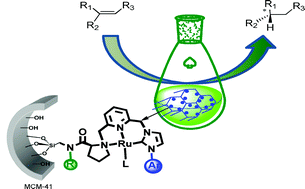
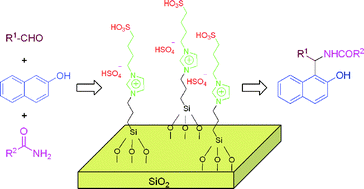 A silica gel supported dual acidic ionic liquid: an efficient and recyclable heterogeneous catalyst for the one-pot synthesis of amidoalkyl naphthols
A silica gel supported dual acidic ionic liquid: an efficient and recyclable heterogeneous catalyst for the one-pot synthesis of amidoalkyl naphthols